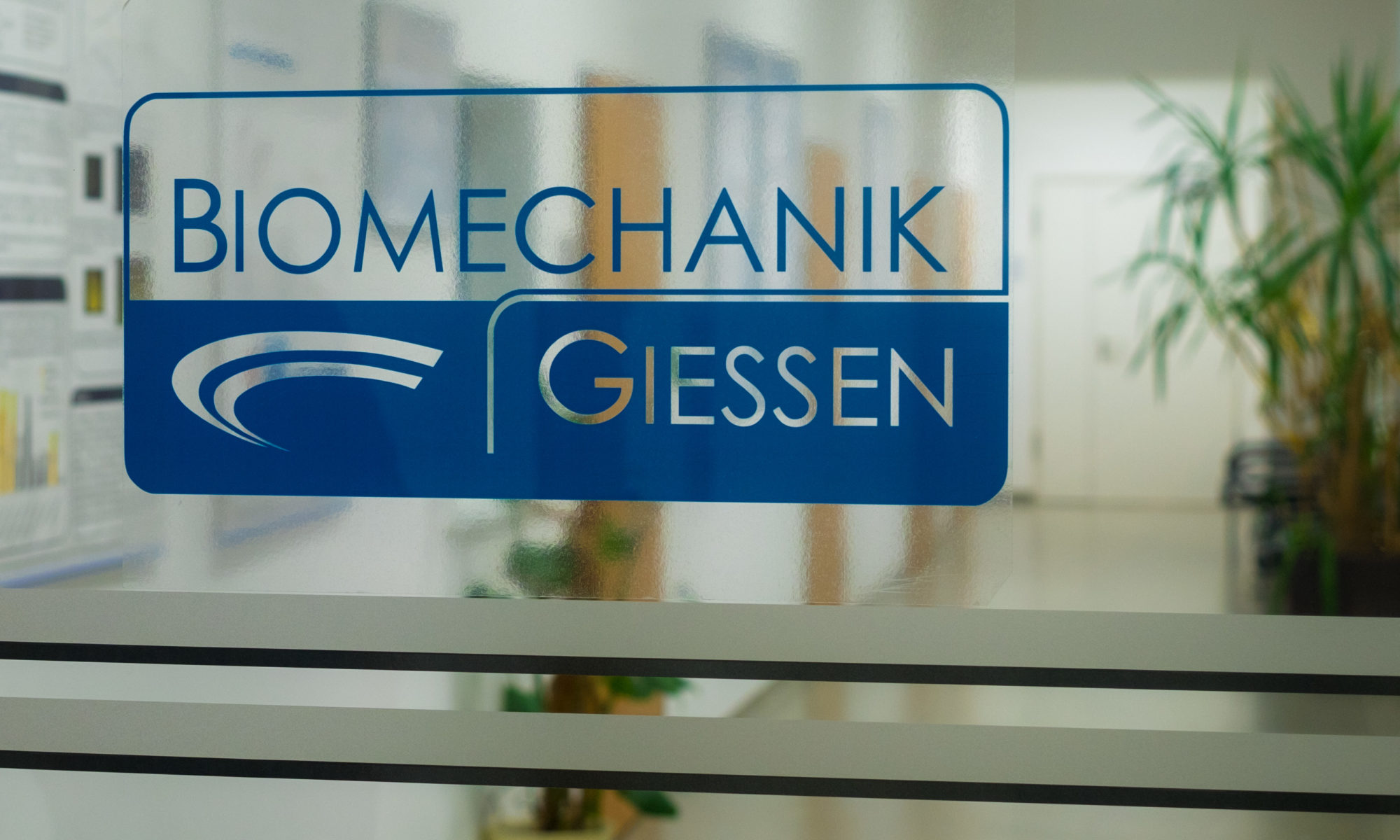Outcome of short- to medium-term migration analysis of a cementless short stem total hip arthroplasty using EBRA-FCA: a radiological and clinical study.
Jahnke A 1, Wiesmair AK 2, Fonseca Ulloa CA 1, Ahmed GA 1,2, Rickert M 1,2, Ishaque BA 1,2.
J Orthop. 2020 Feb 4;19:229-232. doi: 10.1016/j.jor.2020.02.008 . eCollection 2020 May-Jun. PMID: 32071519
- Laboratory of Biomechanics, Justus-Liebig-University Giessen, Klinikstrasse 29, 35392, Giessen, Germany.
- Department of Orthopaedics and Orthopaedic Surgery, University Hospital Giessen and Marburg (UKGM), Klinikstraße 33, 35392, Giessen, Germany.
Abstract
INTRODUCTION:
Stress shielding may lead to aseptic loosening which is a common reason for implant failure. An established method to identify implants with risk of implant failure caused by aseptic loosening is to measure early migration of the stem with the „Ein Bild Roentgen Analyse“ femoral component analysis (EBRA-FCA). Therefore, the aim of this study was to measure the migration of a cementless short stem prosthesis via EBRA-FCA to predict the future performance.
MATERIALS AND METHODS:
A total collective of 71 patients were treated with a cementless short hip stem prosthesis. Indications for surgery were primary coxarthrosis, dysplasia coxarthrosis or femoral head necrosis. After surgery, the patients were followed-up immediately after 3, 6, 12, 24, 36, and 48 months and X-ray images for EBRA-FCA measurements were taken. Axial caudal migration as well as the varus/valgus tilting of the prosthesis was determined. Possible influencing factors like BMI, age, diagnosis, gender or Harris Hip Score (HHS) on the migration of the stem were assessed.
RESULTS:
HHS increased significantly direct postoperatively (p < 0.001). At the second follow-up the average caudal migration was 0.42 ± 0.52 mm (range: 0.00-2.85 mm) (p < 0.001). A total of 14 patients underwent a caudal migration greater than 1.5 mm until 48 months. The initial varus and valgus tilts within the first 3 months were significant (p < 0.001). No correlations between BMI, age, diagnosis, gender or HHS and the migration as well as the tilting of the cementless short hip stem prosthesis were found.
CONCLUSIONS:
Although initial axial caudal migration as well as tilting tendencies in varus or valgus position can be detected, there is no marked migration of the examined prosthesis after the first 48 months. Likewise, no aseptic early loosening was detected throughout the study period, which indicates good osseointegration of the short stem prosthesis.
KEYWORDS:
Axial caudal migration; EBRA-FCA; Short stem; THA; Valgus; Varus
